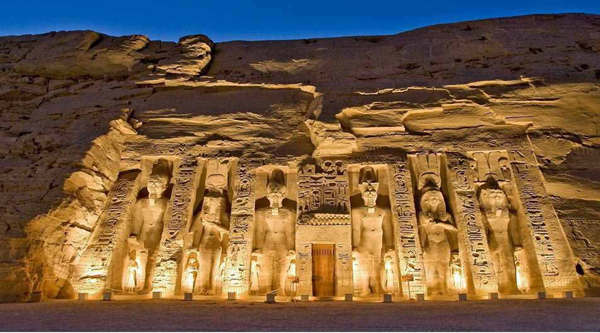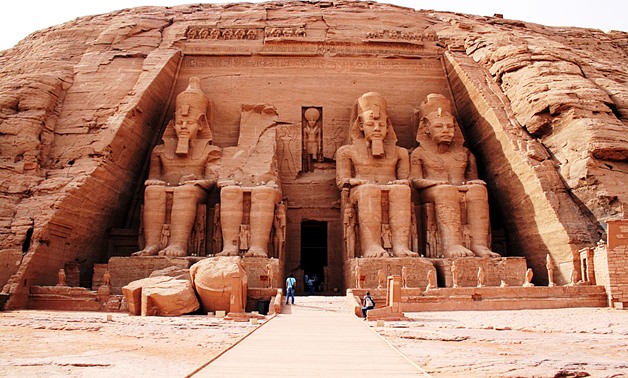
Abu Simbel Temple
Ever since Belzoni first entered the main temple in 1817,
After the painstaking work of clearing its entrance from a deep layer of obstructing sand, the temple continues to amaze visitors with its imposing size and unique design. Furthermore, following the construction of the High Dam at Aswan, Abu Simbel gained even more attention due to the international effort to save its temples from the rising waters of Lake Nasser, which threatened to engulf them.
In response, a team of experts cut the mountain slope containing the temples into transferable blocks. They then reassembled these blocks on a safer site nearby. The success of this massive project has, therefore, preserved a unique heritage of Pharaonic Egypt for future generations.
Facts Of Abu Simbel Temple
-The main purpose of the temples was to glorify the king in
-his divine aspect, as well as his principal queen Nefertari. In fact, the main temple was dedicated to both the king and the solar falcon god Re-Horakhty, to whom were added Amon-Re of Thebes and the Memphite god Ptah. Rock-cut effigies of these four deities (Ptah, Amon-Re)
-the divinized Ramesses II and Re-Horakhty) sitting side by side decorates the back wall of the temple, in its inner sanctuary. Similarly, the lesser temple, cut farther to the north, belonged to both the Queen Nefertari and the god of Hathor.
-Quite a few rock shrines are known from ancient Egypt , but nothing comparable in size and splendour to the temples of Abu Simbel.
Abu Simbel Temple Interior Design










